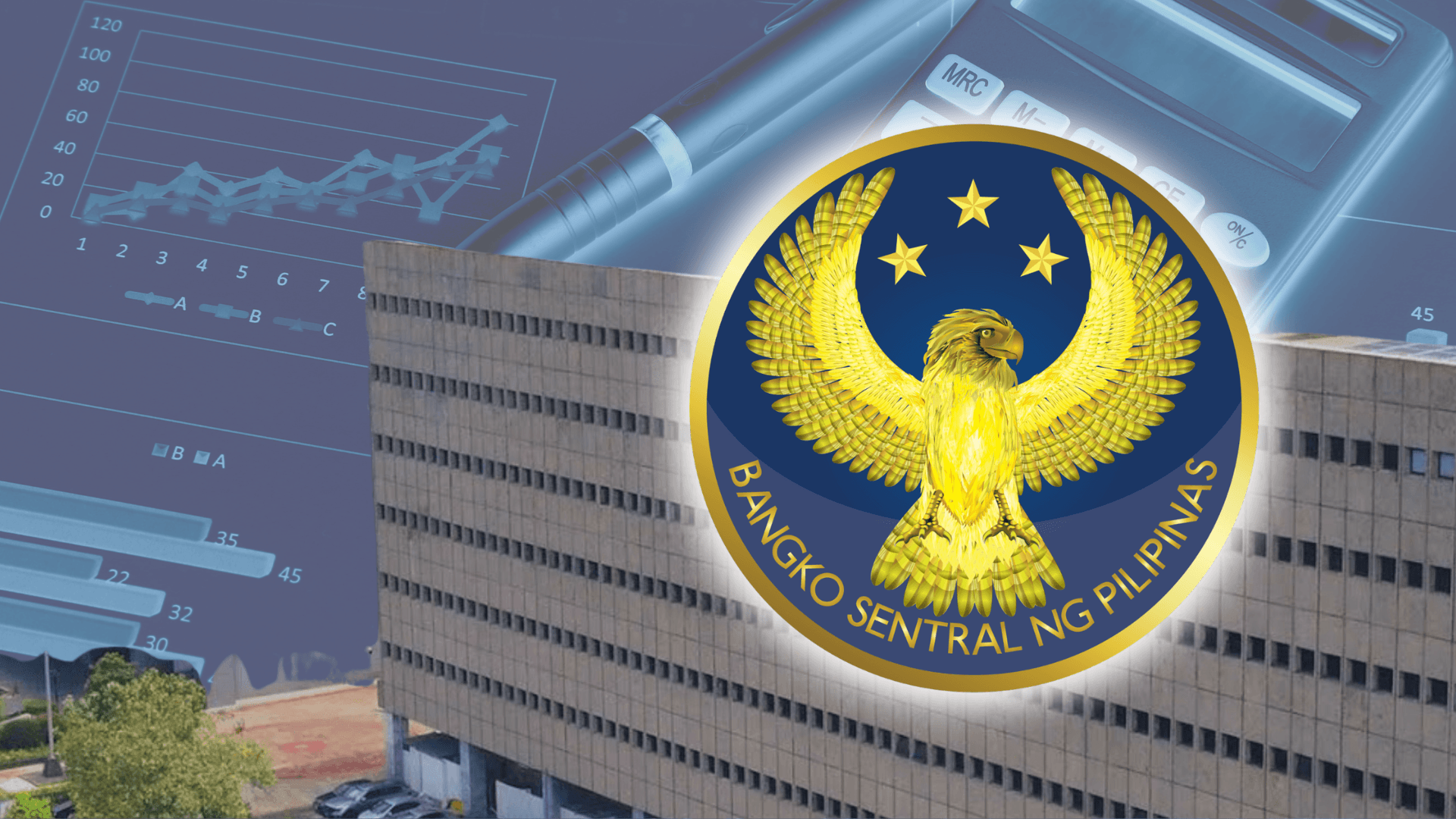Bank loans slow in February, but growth remains second-fastest in over 2 years
 After hitting a more than two-year high in January 2025, bank lending continued to grow in February but at a slower pace, according to the Bangko Sentral ng Pilipinas (BSP).
After hitting a more than two-year high in January 2025, bank lending continued to grow in February but at a slower pace, according to the Bangko Sentral ng Pilipinas (BSP).
Preliminary data from the central bank showed that loans from big banks, excluding transactions with the BSP, grew by 12.2 percent in February 2025, compared to the previous year.
Universal and commercial banks’ lending to individuals and businesses grew by 8.6 percent in February 2024.
While February’s figure was slightly lower than January’s 12.8-percent growth—the highest in over two years—the latest month’s lending still marked the second-fastest expansion, matching the growth rate recorded in December 2024.
Consumer loans to residents, excluding reverse repurchases (RRPs), grew by 12.6 percent in February, slower than the 13.3 percent in the previous month.
Meanwhile, loans to foreign borrowers fell further by 3.2 percent in February, after a 3.5-percent drop in January.
Loans for production increased by 11.2 percent, slightly lower than the 11.8-percent growth in January.
According to the central bank, this expansion was mainly fueled by higher lending to major industries, including electricity, gas, steam, and air-conditioning (nearly 22 percent of the total growth), wholesale and retail trade (nearly 14 percent), manufacturing (nearly one percent), construction (nearly 13 percent), and transportation and storage (nearly 21 percent).
Consumer loans to residents increased by 24.1 percent in February, driven by higher credit card and motor vehicle loans. This growth, however, was slightly down from 24.4 percent in January.
“Looking ahead, the BSP will ensure that domestic liquidity and bank lending conditions are in line with its price and financial stability mandates,” the central bank said.
Money supply further slows
Money supply, or M3, growth further slowed to 6.3 percent in February 2025, from the three-month low January expansion of 6.8 percent.
Domestic liquidity, measured by M3, reached ₱18 trillion in February.
Domestic claims grew by over 10 percent in February, down from nearly 11 percent in January. Private sector claims rose by over 12 percent, slightly slower than the more than 13-percent increase in the previous month, driven by higher bank lending to corporations and households.
Meanwhile, net claims on the central government climbed by nearly six percent, easing from over seven percent, as the national government’s deposits with the BSP were lower than a year ago.
Similarly, net foreign assets (NFA) grew by nearly six percent, up from nearly three percent in January. This was driven by a nearly nine-percent rise in the central bank’s NFA due to higher US dollar stock.
In contrast, banks’ NFA fell due to increased foreign currency-denominated liabilities.